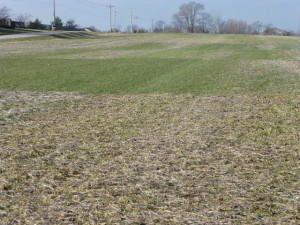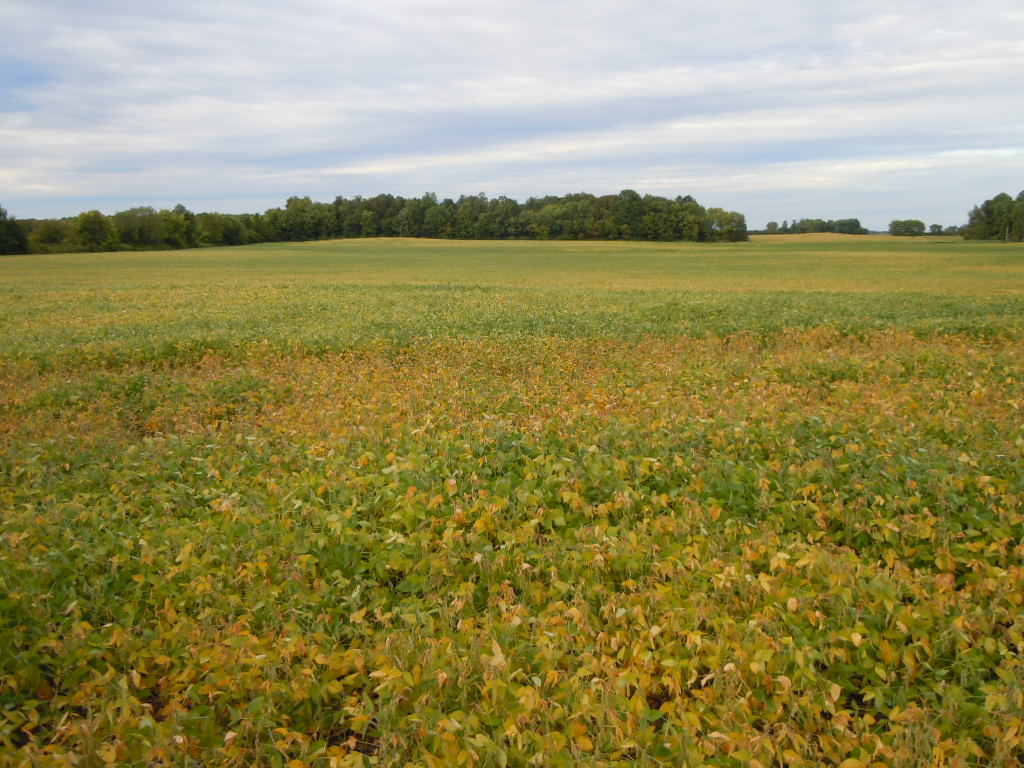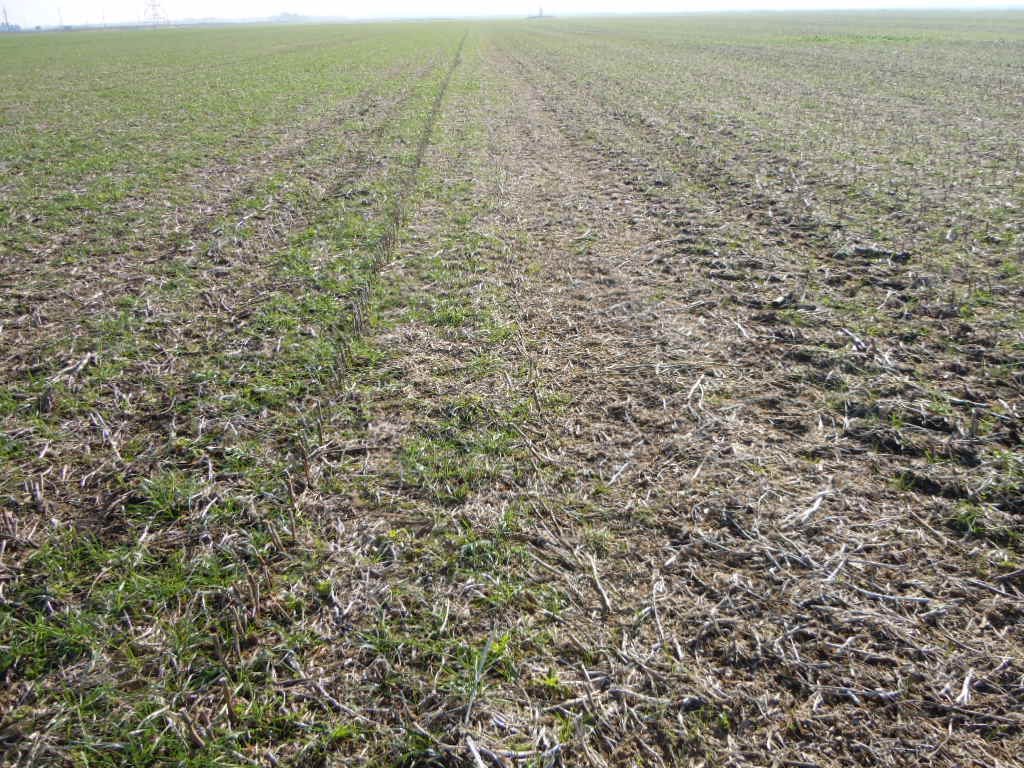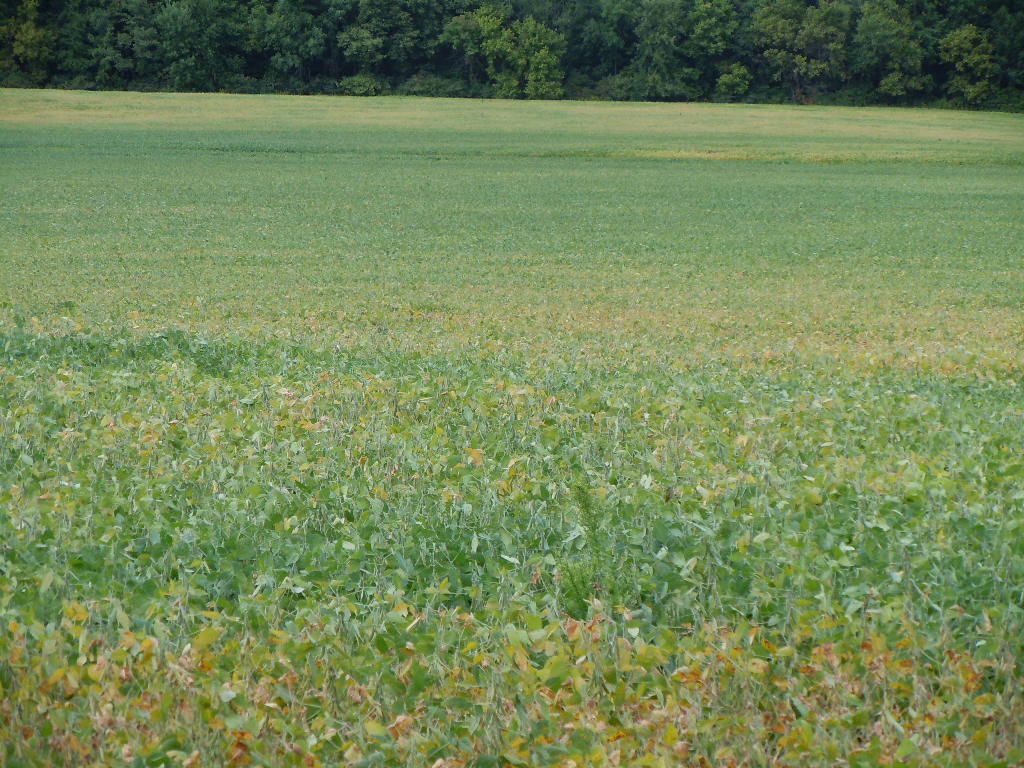During the week of March 18-21 I spoke at the Legacy Seeds Cover Crop Meetings to over 150 people in three Wisconsin towns
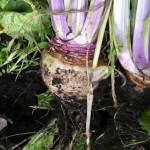
about cover crops. During each meeting I showed why folks should consider using cover crops (erosion control, nutrient management, compaction reduction, aeration/infiltration, etc…). I also implored producers to be creative about applying cover crops (aerial application, Hi-boy type spreaders, maybe interseeding into short corn, etc…). Lastly I showed how many farmers are reporting increased profitability by using cover crops.
Many farmers attending the meetings had at least some experience with cover crops and those that talked to me personally had very good experiences. It was fun to talk to farmers that are excited about both soil health and profitability.
At the meeting in Sparta, Agri-View Newspaper Crops Editor, Jane Fyksen was present and taking notes for a story she was writing for the publication. Jane did a great job in her reporting of what I said. I want to share those articles with you. The first article is entitled “Finding a cover crop mix to fit every need” and the second one is entitled “Aerial and overseeding of cover crops: Making it work“.
I have conducted over 40 cover crop talks this year from Omaha to Ontario and from Syracuse, NY to Chippewa Falls, WI. I am amazed how far this cover cropping idea has come. I am also very excited to see what will happen in another 8-10 years.
